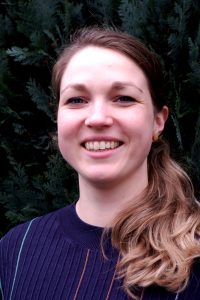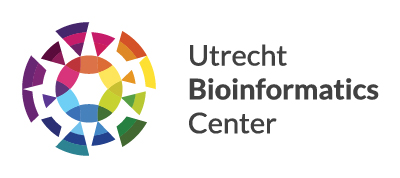To be able to take steps in research, diagnosis, and treatment of childhood cancer, smart handling of large amounts of data is an absolute must for the Princess Máxima Center. The management and access to this ever-growing amount of data have been key in how the Big Data Core has been set up.
Working with data is very much in line with the Princess Máxima Center’s ambition to play a pioneering role. The Big Data Core (BDC) will play a facilitating role in Research and Care. “We strive to work with data in a FAIR manner, which requires a great deal of effort.” Jayne Hehir-Kwa and Jet Zoon are happy to tell you about their role within the BDC.

Jayne Hehir-Kwa, co-PI in the Kemmeren group and team lead Translational Bioinformatics, explains how the data is gathered: “All patients who enter the Máxima have RNA-seq performed on a tumor sample and when consent for research is given, WGS on tumor as well as a normal tissue from the patient is performed. Both the physical samples as well as the data are stored in the Máxima biobank. That is where the Big Data Core comes in. It is responsible for the primary data analysis of samples in the biobank. We are building a biobank of NGS data with standardized and well-described analysis. To do so we have processed more than about 1,000 RNA-seq samples and 250 tumor/normal WGS pairs.”
Targeted data supply
Jayne continues the story: “Research groups that want to work with data, for example from the Máxima biobank, can make a data request and subject to approval, the primary analysis of the NGS data can be shared. This can significantly speed up preclinical research in particular. But it also works for care. We provide information about abnormalities in tumor samples to the diagnostic lab based on either RNA or DNA samples. Using analyses on the primary data, we compile a list of potentially clinically relevant abnormalities. At a tumor board meeting, this information can then be translated into a treatment proposal that is as precise as possible.”
FAIR share for UBC
“Since we are a partner in the Utrecht Bioinformatics Centre we use the High Performance Computing Facility on campus. A lot of our workflows and analysis are performed there. Sharing knowledge about data management and data, including submission to public repositories (e.g. EGA) and releasing data is a logical step. The Máxima biobank is open for collaboration with UBC members. If a researcher on campus would like to use some of the data, we are open to that and new initiatives. You can contact Jet Zoon, our BDC data steward.”
Coordinating and facilitating role

Jet Zoon tells how she coordinates data stewardship inside the Princess Máxima Center: “The Máxima and I do believe that a solid network of people involved in research data management (RDM), within and between institutes, is important. At the Máxima each research group has its own local data steward. By organizing discussions and providing an online platform our local data stewards share knowledge and experience, find practical solutions together, and prevent reinvention of the wheel. An example of our work is the Identifier Policy, which describes data flow, generation, and management of identifiers that are used throughout the institute. In addition, we do facilitate our researchers with DMPonline, a tool that is being used by many Dutch universities. Using this tool, researchers will receive feedback on their DMP and additional support. The next step is to develop a single Máxima DMP template suitable for grant application at multiple funding agencies.”
Some UBC members may know Jet already because she also participates in the Utrecht Data Management Community and the national Data Stewards Interest Group and also shares her knowledge with a network of RDM support staff outside the Máxima.
For more information about using the Máxima biobank, please contact Jet Zoon, Data Steward Research of the Big Data Core.
Read more about the core facilities and shared resources at the Princess Máxima Center

